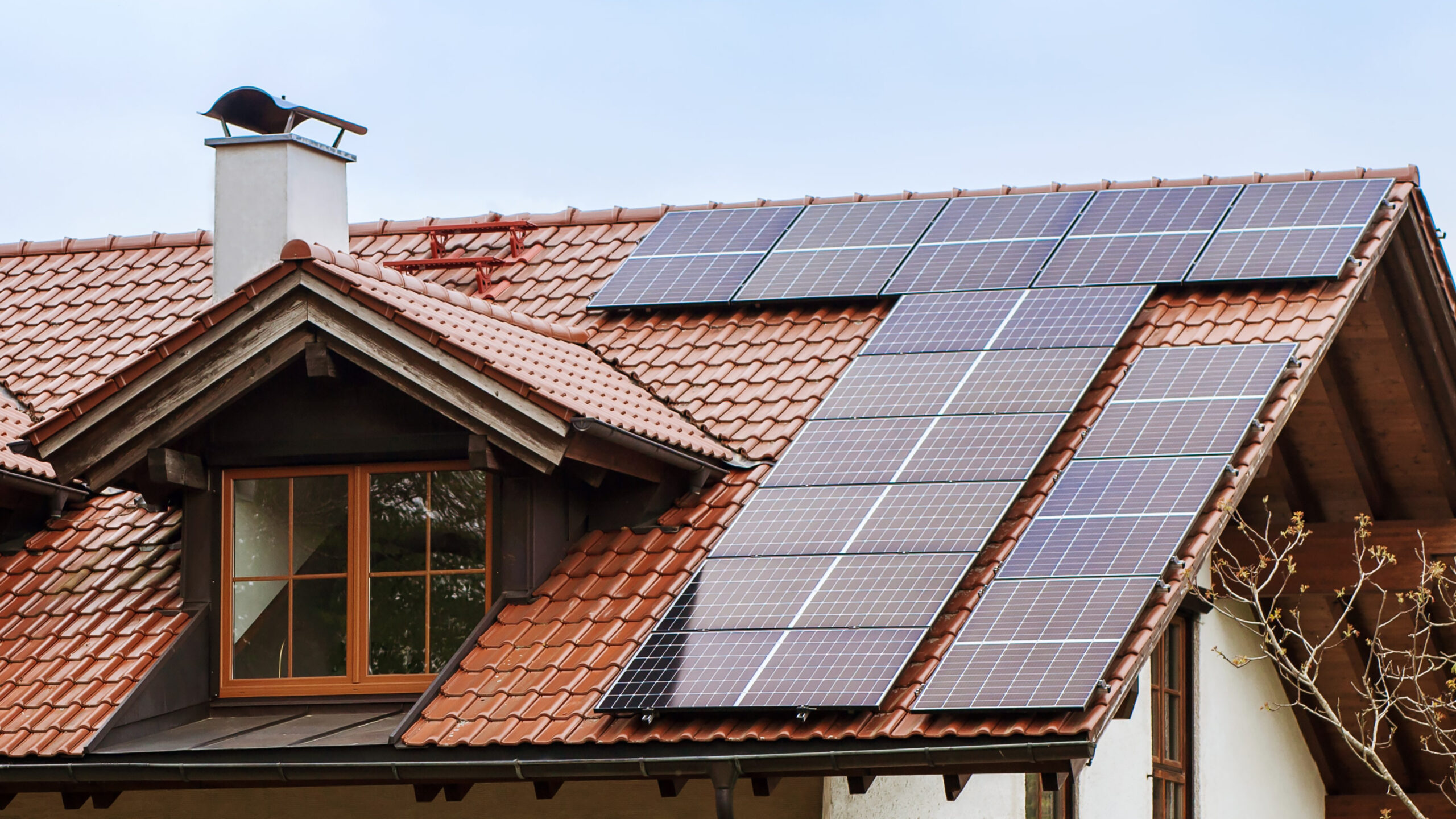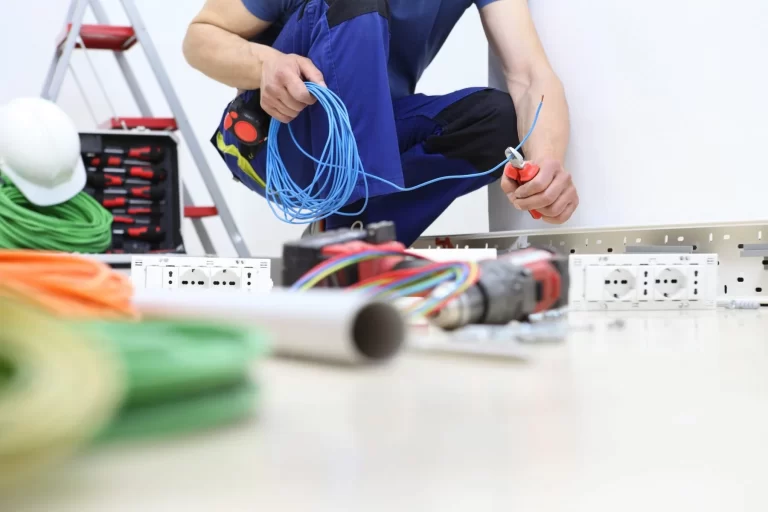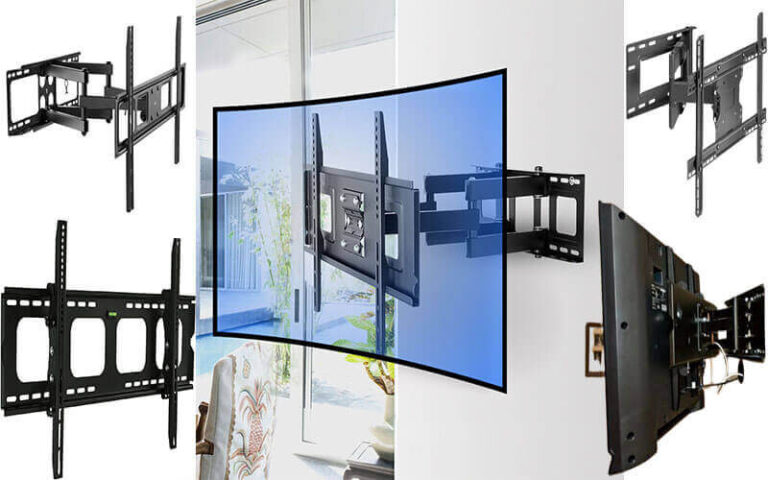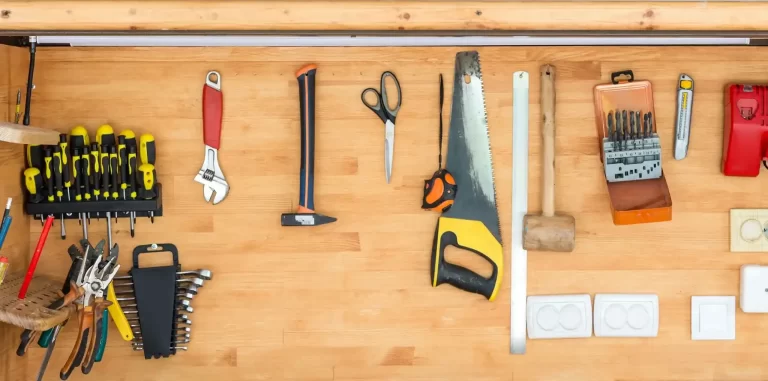Top Steps for Energy Efficiency Projects
Top Steps for Energy Efficiency Projects
Making your home more energy efficient not only helps reduce utility bills but also contributes to a more sustainable environment. Here are the top steps you can take to improve energy efficiency in your home:
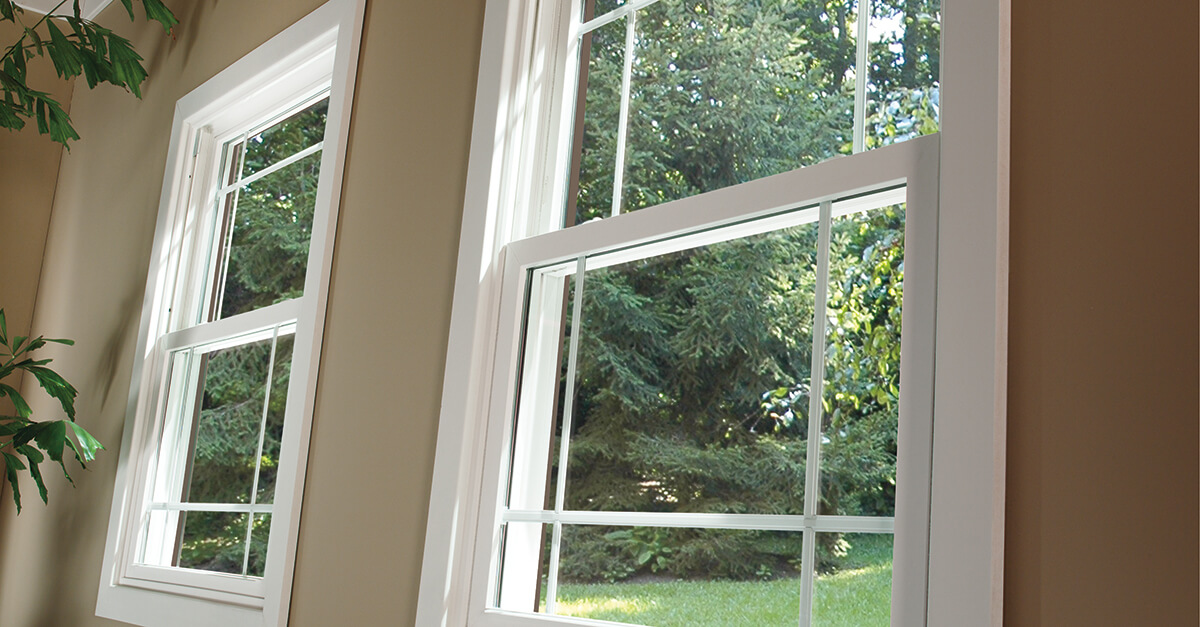
1. Conduct an Energy Audit
Start with a professional energy audit or use a DIY audit tool to assess your home’s current energy use. This will help you identify areas where energy is being wasted and prioritize improvements.
2. Seal Air Leaks
Check for drafts around windows, doors, and other openings. Use weatherstripping, caulking, and insulation to seal these leaks and prevent energy loss.
3. Upgrade Insulation
Improve insulation in key areas like the attic, walls, and floors. Better insulation keeps your home warmer in winter and cooler in summer, reducing the need for heating and cooling.
4. Install Energy-Efficient Windows
Replace old, single-pane windows with energy-efficient double or triple-pane windows. These windows reduce heat transfer and help maintain a comfortable indoor temperature.
5. Upgrade to Energy-Efficient Appliances
Choose ENERGY STAR® rated appliances for your kitchen and laundry room. Energy-efficient appliances use less energy and can significantly lower your utility bills.
6. Improve Heating and Cooling Systems
Regular maintenance and upgrades to your heating, ventilation, and air conditioning (HVAC) systems can enhance efficiency. Consider installing a programmable thermostat to better manage temperature settings.
7. Use Energy-Efficient Lighting
Switch out incandescent bulbs for LED or CFL bulbs, which use less energy and last longer. Consider installing dimmer switches and motion sensors to further reduce energy consumption.
8. Install Solar Panels
If feasible, invest in solar panels to generate your own electricity. Solar energy can greatly reduce your reliance on the grid and lower your energy bills.
9. Implement Water Conservation Measures
Install low-flow fixtures, such as showerheads and faucets, and fix any leaks to reduce water usage. Water heaters with high energy efficiency ratings can also make a difference.
10. Consider Smart Home Technologies
Incorporate smart home devices like smart thermostats, smart plugs, and energy monitoring systems to optimize energy use and track your efficiency improvements.
11. Perform Regular Maintenance
Regularly check and maintain your energy-efficient systems and appliances to ensure they continue to operate at peak efficiency.
12. Educate and Involve Your Family
Make sure everyone in your household is aware of energy-saving practices, such as turning off lights when leaving a room and unplugging devices when not in use.
Conclusion
By following these steps, you can significantly enhance your home’s energy efficiency, leading to lower utility bills and a smaller environmental footprint. For a more personalized approach or assistance with any of these projects, don’t hesitate to contact a professional handyman or energy efficiency expert.

